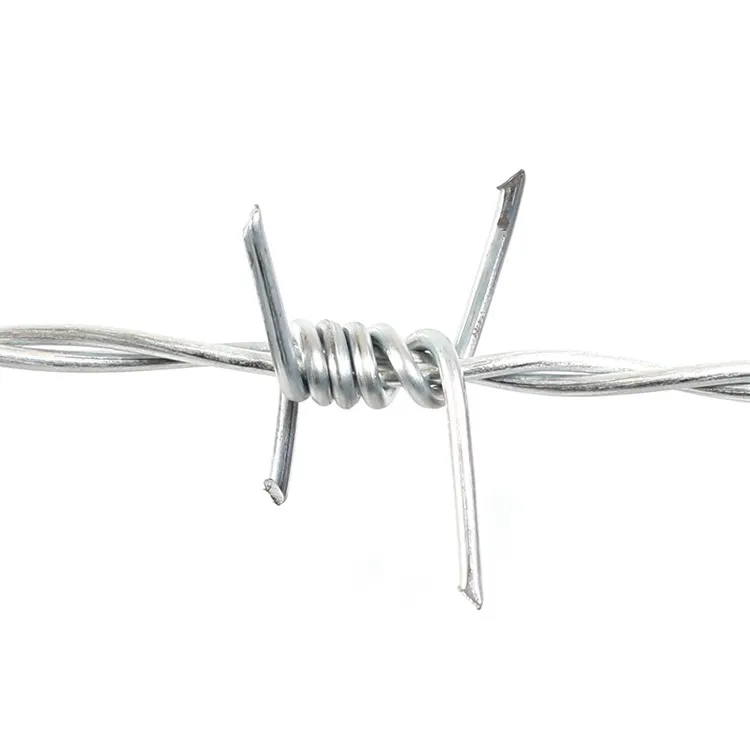dec . 04, 2024 00:53 Back to list
Understanding Different Types and Uses of Hydraulic Fittings in Industrial Applications
Understanding Hydraulic Fittings Essential Components in Fluid Power Systems
Hydraulic systems play a crucial role in various industries, providing the power needed to operate machinery and equipment efficiently. Among the critical components of these systems are hydraulic fittings, which ensure the proper connection and transmission of fluids within hydraulic circuits. In this article, we will explore the different types of hydraulic fittings, their applications, and considerations for selecting the right fittings for your hydraulic systems.
What are Hydraulic Fittings?
Hydraulic fittings are specialized components used to connect hoses, pipes, and tubes in hydraulic systems. They act as junctions, allowing for the smooth flow of hydraulic fluid while ensuring that the connections are leak-proof and able to withstand high pressure. Made from a variety of materials, including steel, stainless steel, brass, and plastic, these fittings are engineered to meet specific pressure and temperature requirements, making them a vital part of any hydraulic infrastructure.
Types of Hydraulic Fittings
Hydraulic fittings come in various shapes and designs, each serving a specific function. Some of the most common types include
1. Threaded Fittings These fittings use a thread to create a seal between two components. They come in several configurations, including male and female threads, and can be classified into different thread types like NPT (National Pipe Thread) and BSP (British Standard Pipe).
2. Compression Fittings Often used to connect tubing without the need for welding, compression fittings secure tubing into place by compressing a ring around it. This design provides a strong, leak-proof connection suitable for high-pressure applications.
3. Flanged Fittings These fittings use a flange to connect sections of tubing or piping. Flanged fittings are commonly found in large hydraulic systems, where ease of assembly and disassembly is essential.
4. Quick Disconnects As their name suggests, these fittings allow for rapid connection and disconnection without the need for tools. Quick disconnects are particularly useful in applications where fluid lines need to be frequently connected or disconnected for maintenance or equipment changes.
5. Socket Weld and Butt Weld Fittings These fittings are welded directly to the pipe or tube, providing a strong and permanent connection. They are commonly used in permanent installations where maximum integrity is required.
hydraulic fittings

Applications of Hydraulic Fittings
Hydraulic fittings are found in numerous applications across various industries, including
- Construction Heavy machinery, such as excavators and bulldozers, relies on hydraulic fittings to operate hydraulically powered attachments and systems.
- Automotive Hydraulic systems in vehicles, such as power steering and braking systems, utilize a range of hydraulic fittings for efficient fluid transfer.
- Manufacturing In automated factories, hydraulic fittings are integral to power presses, injection molding machines, and other equipment that require precise control of fluid power.
- Aerospace The aerospace industry uses hydraulic fittings in critical systems, such as landing gear and flight control systems, where reliability and safety are paramount.
Choosing the Right Hydraulic Fittings
Selecting the appropriate hydraulic fitting for a specific application involves several considerations. First and foremost, the fitting must match the specifications of the hydraulic system, including pressure ratings and fluid compatibility. Additionally, factors like the operating temperature, the type of connection (permanent vs. temporary), and the environment (exposure to corrosive substances, for example) should be taken into account.
It is also essential to consider the installation process. Some fittings require specialized tools or techniques for proper installation, which can influence the choice depending on accessibility and ease of maintenance.
Conclusion
Hydraulic fittings are indispensable components in fluid power systems, facilitating the seamless operation of machinery across various industries. Understanding the types of hydraulic fittings and their applications can help ensure that you choose the right components for your hydraulic systems, ultimately leading to improved efficiency, safety, and performance. Whether you are involved in designing hydraulic systems or maintaining existing ones, familiarity with hydraulic fittings is vital for success in this dynamic field.
-
Weather Resistance Properties of Quality Roofing Nails
NewsAug.01,2025
-
How Galvanised Iron Mesh Resists Corrosion in Harsh Environments
NewsAug.01,2025
-
Creative Landscaping Uses for PVC Coated Wire Mesh Panels
NewsAug.01,2025
-
Common Wire Nail Dimensions and Their Specific Applications
NewsAug.01,2025
-
Choosing the Right Welded Wire Sheets for Agricultural Fencing
NewsAug.01,2025
-
Anti - Climbing Features of Razor Wire Barriers
NewsAug.01,2025









